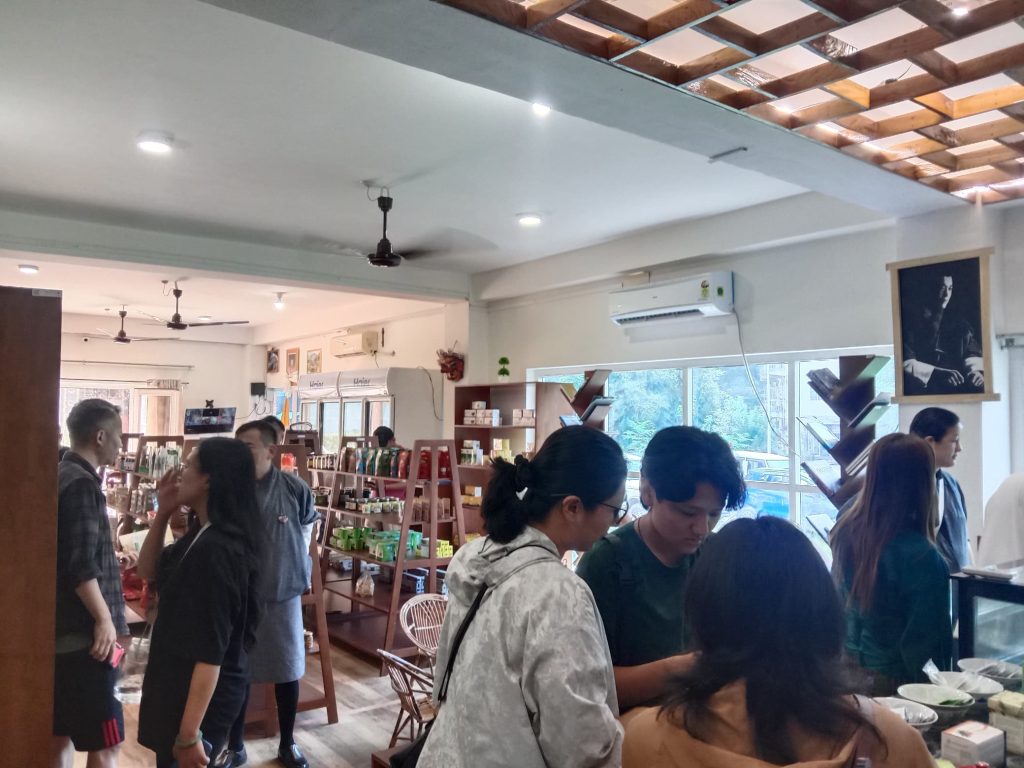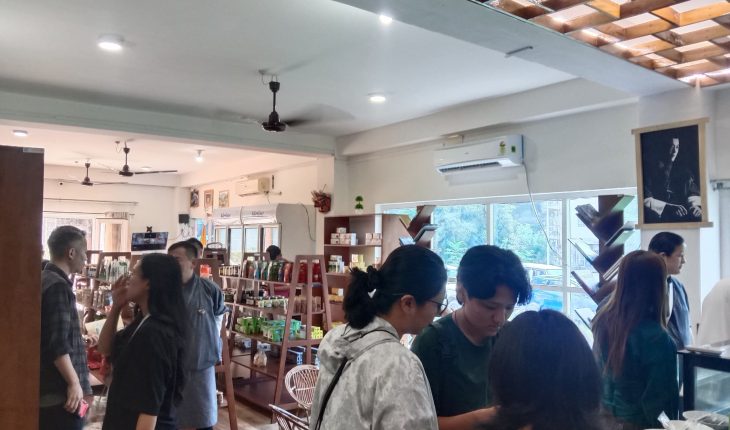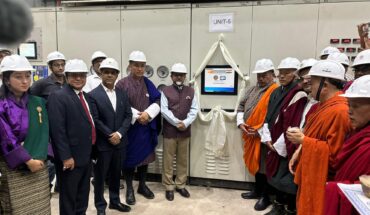
| F |
Farmers, artisans, and small entrepreneurs in eastern Bhutan have received a major boost with the inauguration of a new Cottage and Small Industry (CSI) Market in Samdrup Jongkhar.
The facility, formally opened on December 30, last year, is expected to create stronger linkages between rural producers and consumers, while also enhancing visibility for Bhutanese products at the domestic and international level.
The Samdrup Jongkhar CSI Market is the third of its kind in the country, following similar initiatives in Thimphu and Paro.
The project is spearheaded by the Department of Industry under the Ministry of Industry, Commerce and Employment (MoICE), with operational support from a private operator, Kuenzang Leki, and daily management overseen by Karma Tenzin.
The facility has also benefited from technical and financial backing from the Asian Development Bank (ADB).
The market has introduced 139 CSI manufacturers and is already engaging with 55 producers from across the eastern dzongkhags.
More than 80 varieties of goods are now on display, ranging from organic vegetables and dairy products to traditional textiles, herbal remedies, handmade crafts, and processed food items.
To strengthen operations, the initiative received an asset package of 26 items valued at Nu. 1.8 million, supported by ADB. Officials said this investment would improve product handling, storage, and display facilities, ensuring that Bhutanese goods are marketed to consumers in an appealing and competitive manner.
“The CSI Market is not just a shop it is an important bridge between our local producers and consumers,” said by CSI operator Kuenzang Leki.
He said, “By creating a dedicated platform, we are giving small-scale entrepreneurs a chance to compete fairly, improve quality, and build brand identity for Bhutanese products.”
The CSI Market also operates on a public private partnership (PPP) model. While the government provides infrastructure and strategic guidance, the private operator ensures smooth daily operations.
Regulations stipulate that at least 60 percent of products must be Bhutanese-made, while up to 40 percent may include value-added imports to diversify offerings and attract more customers.
In its initial months, the market recorded a turnover of about Nu. 1.8 million in CSI products. At the same time, the operator has invested nearly Nu. 1.2 million in infrastructure upgrades to enhance the shopping experience.
The market employs four local staff, with an estimated monthly wage bill of Nu. 70,000. However, like many enterprises in Bhutan, it has struggled with staff turnover due to the lure of overseas employment opportunities.
The facility had temporarily closed for nearly five months to upgrade infrastructure and operations before reopening on September 5, 2025. With the reopening, officials hope to not only stabilize operations but also attract more producers and consumers.
The launch has been warmly welcomed by local farmers and artisans who previously had limited avenues to sell their products.
For Sonam Choden, a farmer from Dewathang, the market has provided long awaited relief. “Earlier, I had to depend on small vendors who offered very low prices for my vegetables. Now I can sell directly at the CSI Market and get a fair return. It has made farming more rewarding,” she said.
Artisans have also found new opportunities. Pema Lhamo, a traditional weaver, said the market has solved a visibility problem.
“In the past, I could sell my textiles only during Tsechu and fairs. With this market, my products are displayed year-round. It pushes us to improve quality and experiment with designs,” she explained.
Residents of Samdrup Jongkhar town see the facility as a convenient hub for authentic Bhutanese goods.
“I prefer buying local products because I trust their quality and want to support our economy. Having everything under one roof makes it easier,” said Kinley Wangmo, a local shopper.
Officials are also optimistic that the CSI Market could soon attract international buyers. With the recent opening of an integrated check post that allows dollar paying tourists to enter Samdrup Jongkhar, there is growing potential for the market to serve as a showcase of Bhutanese culture and craftsmanship to foreign visitors.
Despite early successes, several challenges persist. Producers cite limited access to finance, difficulties in maintaining consistent supply, and high production costs as barriers to growth.
Transportation and logistics remain expensive, making it harder for small-scale manufacturers to compete with cheaper imported goods.
Another concern is certification. Many CSI products face hurdles in meeting standards required for export, limiting their reach to domestic markets. Sustainability also depends on the ability of producers to maintain quality and innovate in packaging and branding.
“The market is a good opportunity, but many of us still struggle with financial and technical constraints,” said Karma Lhendup, a small-scale food processor. “If we had access to soft loans and training, it would help us expand production and compete more effectively.”
Recognizing these challenges, industry officials have emphasized continued support. The ADB is expected to assist CSI market operators and manufacturers over the next three years through capacity development, soft loans, and exposure to international markets.
Government agencies are also working to provide training in business management, branding, and product certification to raise competitiveness.
Stakeholders believe that with sustained support, the Samdrup Jongkhar CSI Market could become a key hub for promoting Bhutanese products from the eastern region.
By connecting rural producers with urban consumers and potentially international buyers, the facility has the potential to strengthen rural livelihoods, reduce import dependency, and reinforce the national brand of “Made in Bhutan.”





